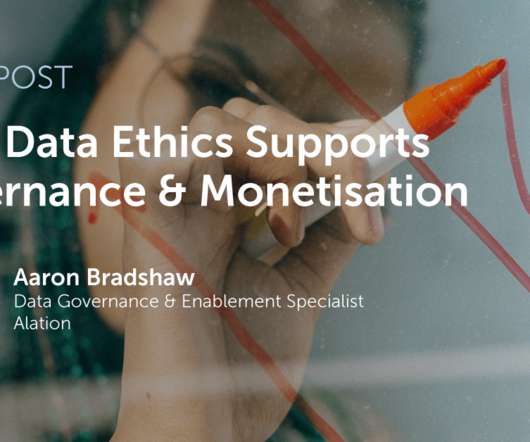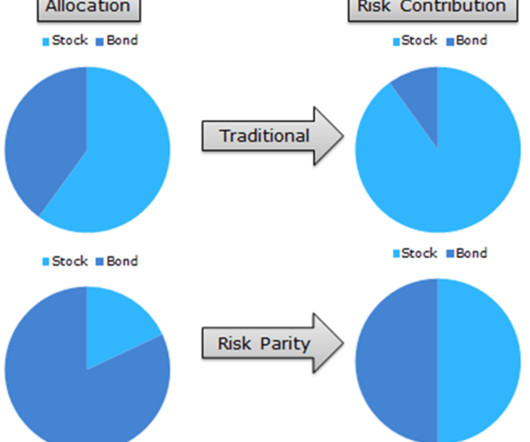How Data Ethics Supports Governance & Monetisation
Alation
JULY 15, 2022
I recently led an online session, Data Monetisation and Governance , looking at the evolution of data governance , defining data ethics (from the Turing Institute ), and touching on the balancing act between using data to monetise (by increasing revenue, decreasing spend, or mitigating risk) and meeting ethical obligations.















Let's personalize your content